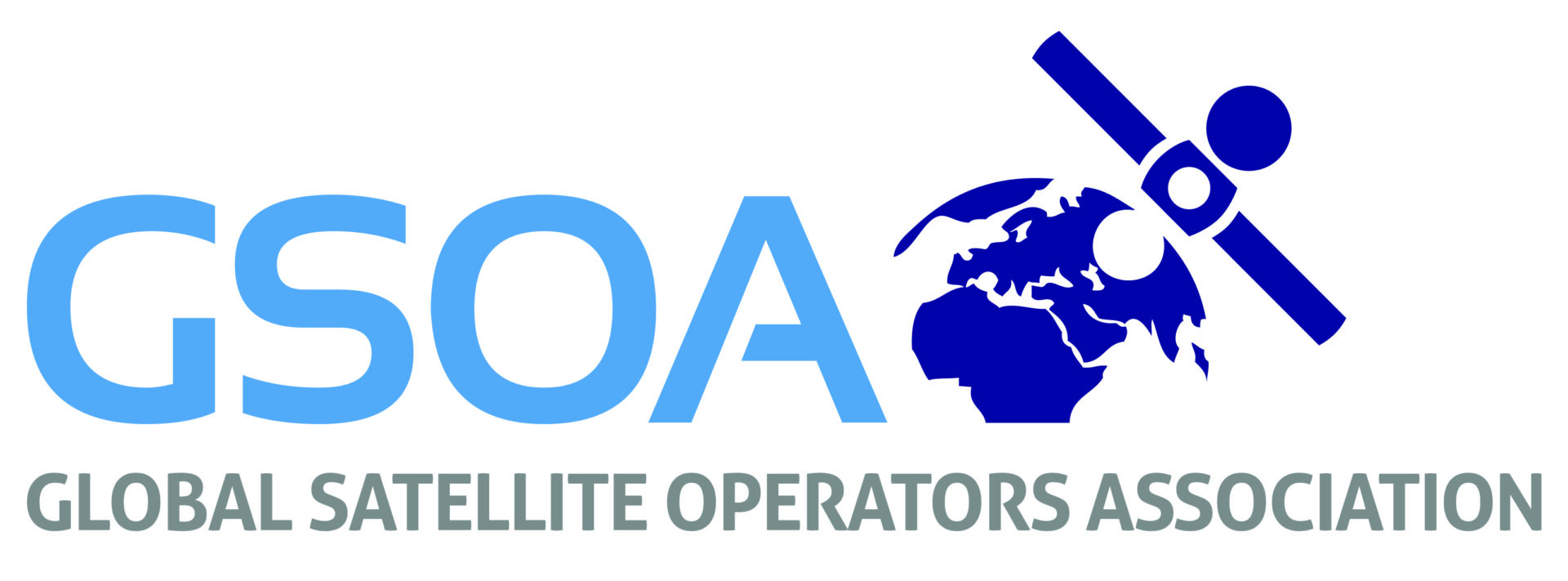The Technology Working Group’s evaluation and promotions remit has five principal facets.
For ground segment the remit includes software-defined networks, modems (Network Function Virtualization, etc); antennas (ESAs, optical beam forming, etc); Size, Weight and Power (SWaP); interference issues (RFI); the diminishing dichotomy of data centres/teleports; Artificial Intelligence (AI) & Machine Learning (ML).
The space segment remit includes the development, deployment, evolution and growth of xHTS in all orbits; the interface of multi-orbits (GSO/NGSO); smallsats/cubesats in satcoms, IoT, and Earth Observation (EO); software-defined satellites; interference issues (RFI); Artificial Intelligence (AI) & Machine Learning (ML).
In relation to satellite applications & satellite use cases its remit covers integration of satellite (NTN) & terrestrial broadband/5G/“Network of Networks”.
Under the umbrella of sustainability, coverage includes the technological aspects of the sustainability of orbital space, and the impact/use of sustainable orbital space on and for Earth sustainability, particularly with reference to climate change.
The training/education remit concerns the promotion of science, technology, engineering and mathematics (S.T.E.M.) for advancing and investing in the satellite industry’s technology skills base of the future.
Co-Chair : Colin Robinson
Co-Chair : Gavin Cox
Mutual Recognition Arrangement Working Group (MRA-WG)
A long-term core feature of GVF’s various initiatives has been the development of a consensus-based framework to improve the efficiency of satellite operators’ terminals type-approval procedures.
The Mutual Recognition Arrangement (MRA) was established through the MRA Working Group. Using this framework, once a type approval is provided to a manufacturer by any one of the participating satellite operators, other operators may mutually recognise the results of the tests conducted during the first operator’s type-approval process, so that the tests aren’t repeated unnecessarily.
To achieve this objective, the MRA-WG created the procedure GVF-101, which defines a set of standard tests that an antenna or earth station manufacturer should perform in order to apply for type approval from any satellite operator. Use of this procedure not only improves the quality and completeness of test data but helps reduce the time and cost required to bring new ground-segment technology to the market, thus advancing the competitiveness of satellite communications. The MRA has developed “living documents” which are reviewed for necessary updates and modifications to accommodate advances in technology. It also serves as the foundation for a growing number of specialised technical documents pertaining to selected earth station types. The following are “living” documents and all GVF Members are welcome to participate in the drafting and re-drafting process. To access the documents please click on the links below. For more information on how to participate, please contact the MRA Working Group Chair, Colin Robinson.
- GVF-101 – Mutual Recognition of Performance Measurement Guidelines and Procedures for Satellite System Operator Type Approvals
- GVF-103 – Duties of Authorized Test Entities under the Mutual Recognition Arrangement procedure
- GVF-104 – Performance and Test Guidelines for Type Approval of Auto-Deploy and VMES Satellite Communications Terminals
- GVF-105 – Performance and Test Guidelines for Type Approval of ‘Comms on the Move’ Mobile Satellite
- GVF-107 – Application for GVF Type Approval
The MRA-WG & the European Space Agency (ESA)
Since 2017, GVF has partnered with GVF members on three occasions to work on the European Space Agency’s Advanced Research in Telecommunications Systems programme, by developing an appropriate test methodology for qualifying COTM terminals and developing a novel approach for conducting on-site antenna verification using Unmanned Aerial Systems (UAS), or drones.
Earth Station Type Approval
Getting Equipment Tested: Manufacturers interested in having satellite earth station products evaluated may directly approach any one or all of the satellite operators. In cases where testing is carried out in conjunction with more than one satellite operator, the GVF MRA can be applied to eliminate redundancy of testing.
As a complementary service, GVF may also be able to conduct testing and/or evaluation of earth station products. This GVF service is conducted to ascertain product compliance with any industry-recognised specifications. To read about the Type Approval process, and what information is necessary, please read GVF 107 “Application for GVF Type Approval”.
To learn more about engagement with the GVF Product Quality Assurance Programme, contact GVF MRA-WG.
SOMAP (Satellite Operator’s Minimum Antenna Performance)
GVF and a group consisting of premier operators of communication satellite networks – AsiaSat, Eutelsat, Inmarsat, Intelsat and SES – have collaborated to produce updated guidance to antenna manufacturers regarding the satellite operators’ expectations for new antenna products and how to demonstrate compliance with the Satellite Operator Minimum Performance Specifications (SOMAP) .
The SOMAP requirements and initiative have been undertaken to improve the Quality of Service (QoS) worldwide for the industry and to minimize interference. The availability of quality products, which have demonstrated compliance with satellite operator specifications, will provide manufacturers with a valuable sales tool to differentiate their products. The SOMAP satellite operator group has the final authority for resolving questions regarding the compliance of a particular product.
The SOMAP framework consists:
- Minimum Antenna Testing Requirements
- Minimum Antenna Performance Requirements
- Performance Data on Manufacturer Product Datasheets
The SOMAP objective is to offer consistency across the industry for customers and antenna manufacturers. It does not replace the formal type approval procedures for each of the operators, but rather establishes minimum performance that each of the operators expect when deploying equipment which has not been formally type approved.
